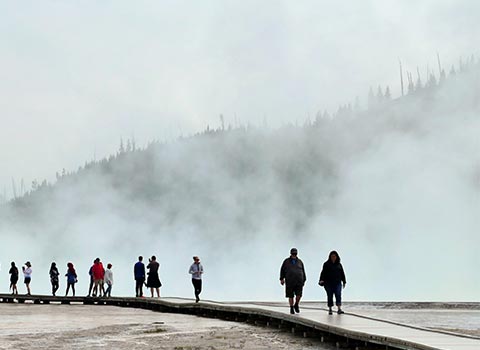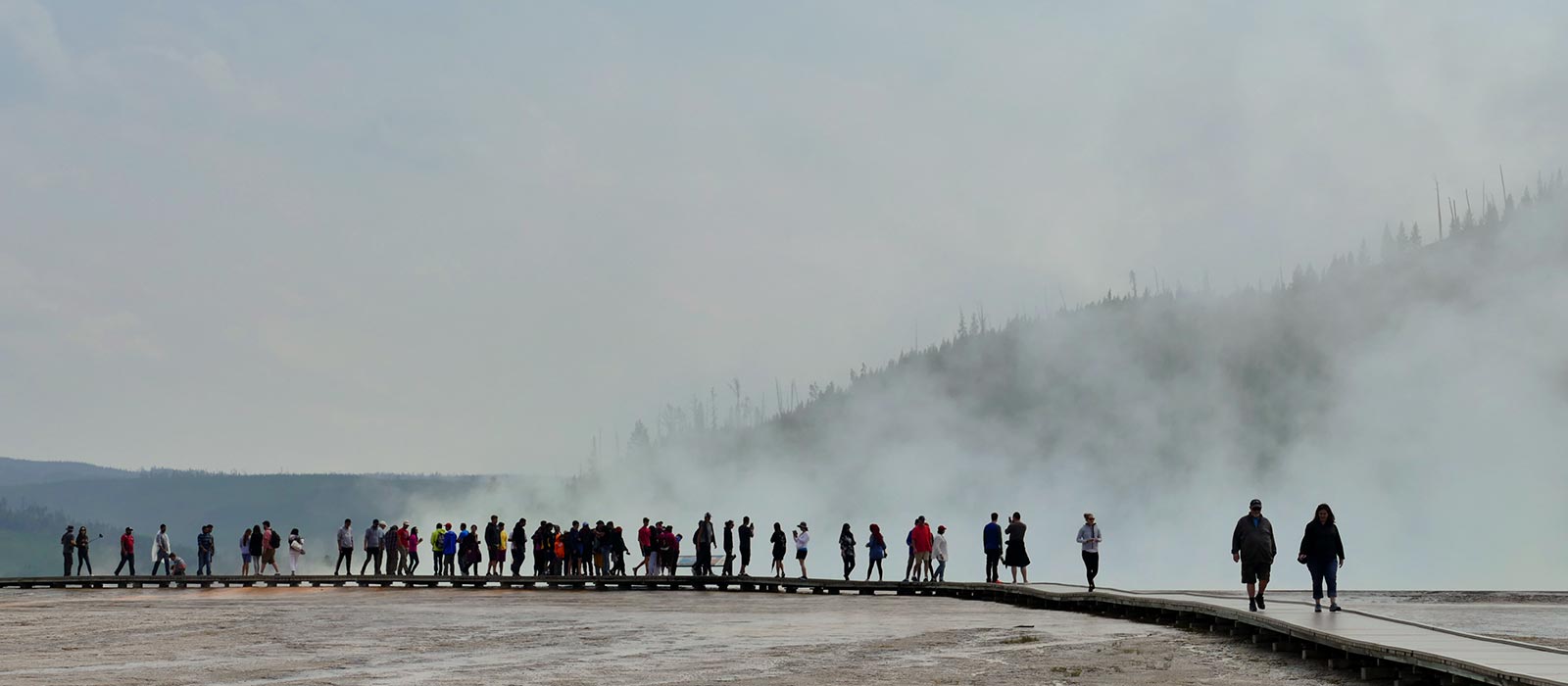EAST YELLOWSTONE Just outside of the East gate of Yellowstone National Park in Cody, Wyoming.
Call 1(307) 587-9595
East Yellowstone custom-designs corporate retreat packages the perfect solution for the executives who have traveled extensively and require unique locations and treatments. Whether it is a luxurious mountain home, a western ranch, a full-service reunion lodge or cozy cabins in the woods, East Yellowstone finds the best venue to meet your needs. All of our unique western properties are available for full-service rental.
Our custom-tailored packages are designed for groups of 4 to 100 individuals, with one of our properties accommodating up to 68 exclusively.

Corporate Retreats may include:
- Ground Transportation to/from the Airport
- Exclusive Rental Property
- Full breakfast, lunch, and dinner
- Daily Maid Service
- Fully-Stocked Refrigerator and Bar
- Off-Property Excursions and Seasonal Events including;
- Guided Horseback Rides and Pack Trips (seasonal)
- Hiking in Spectacular Mountain Country
- Fishing in Blue Ribbon Trout Streams (seasonal)
- Day Trips to Yellowstone National Park (seasonal)
- Rodeos (seasonal) & Cowboy Adventures
- Home Style Cooking
- Real Western Hospitality
- Comfortable Cabins
- Chuckwagon Suppers
- Campfire Get-togethers
- Starry Nights & Fresh Air
- Whitewater River Rafting (seasonal)
- Towering Pines & Mountain Streams
- Wildlife Photography
- Day Trips to Cody, WY
- Hunting (seasonal)
The Ideal Location for Retreats & Reunions
East Yellowstone valley in the spectacular Absaroka mountain range part of the Yellowstone Park ecosystem in the heart of the Rocky Mountains. With guest rooms and meeting rooms, East Yellowstone retreats can accommodate groups as small as four and as large as 100. Family members can gather together in large groups while retreating back to their own private cabin.
Whether it’s a large sales conference, a training seminar or a team-building exercise, our conferences will help you achieve your objectives. All conference packages feature outstanding accommodations, great food and lots of options. Meeting rooms at on our properties can be equipped with audiovisual equipment and telephone/internet connections.
Conference Packages
East Yellowstone offers all-inclusive package rates that can include a western furnished room with private bath and three delicious meals per day, meeting rooms, easy access to Yellowstone National Park from May – October, and a wide range of other amenities and activities based on the season.
Corporate Retreats
How to get the most out of them
When a management team, staff, or executive team holds a corporate retreat or off-site business meeting, the investment of time is significant. The question is how to make the most of this limited and extremely valuable time.
Here are seven suggestions based on over a decade of experience facilitating corporate and executive retreats:
Management and Corporate Retreat Planning Best Practices
- Make sure you have the right people — no more and no less
- Have a tightly focused agenda and be very clear about what you want to accomplish during your business retreat
- Don’t just let discussions and presentations ramble on; use effective meeting tools
- Make good use of pre-work
- Make sure that action items describe who will do what by when and are “checkable”
- Ensure that follow-up is part of the process
- Consider using a neutral retreat facilitator so that you can focus on the content of the retreat while someone else takes care of the meeting facilitation process
A more detailed explanation of each item follows:
The right people…
If you don’t have the right people, then the whole thing will fall apart either during the retreat or, even worse, when you get back to the office. Typically you will want to have an intact management team present at your retreat. If there are other key staff members within the organization with an in-depth knowledge of the issues at hand, or who will be responsible for executing the strategy, consider adding them as well. You may wish to add them for only part of the agenda, or you may wish to get their input either before or after the retreat. Never use a corporate retreat to “reward” someone; this is a time for serious business and should only include the people needed to get the work done.
The right agenda…
Agendas that are unfocused, overloaded, and don’t have specific outcomes stated are an invitation to failure. These agendas try to cover too much in too little time, with the end result being that nothing gets done properly. The lack of focus makes it all too easy for discussions to get “off-track.” Before designing a corporate retreat agenda, be very clear about the following:
- “What has to happen for us to consider this session a success?”
- “What specific issues do we want to deal with?” ait for a future session?”
- “What tangible things do we want in our hands at the end of each discussion?”
- “What is not on the table?”
- “If we don’t have enough time to cover everything, which things on our list can wait?”
A client who has a very focused agenda with a specific set of outcomes such as, figure out how his company could profitably grow, and he wanted to leave the session with two or three specific actions that could be implemented immediately upon return to the office. As experienced retreat facilitators, we were able to work within this framework to build an agenda for the retreat that explored different avenues to profitable growth, including doing a better job of customer retention, winning orders in head-to-head competition, and entering new markets. The end result was a powerful meeting and a very satisfied client.
The right process…
Sometimes it isn’t what you do, but rather how you do it.
For example, many groups will choose to do a SWOT (Strengths, Weaknesses, Opportunities, and Threats) analysis as part of a strategic planning process. In our experience, if you ask an organization to describe their strengths you will get a predictable list of “generic” strengths with no particular evidence to support them. If, on the other hand, you ask people one at a time to relate a “success story” about a significant accomplishment over the past two to three years and then engage the entire group in identifying the strengths that contributed to this success, you will get a list of specific strengths that can be directly related to the organization.
Perhaps the change is not earth-shattering, but the cumulative effect of many similar changes on a corporate retreat can be significant.
The right pre-work…
We find pre-work to be of tremendous assistance in getting the most out of people’s time. We also find that how the pre-work task is defined will have a major effect as to how valuable it is. Asking someone to read a book or article is far more effective if they are also asked to think about what part of it gave them hope or made them worry. Asking them to think about how the author’s observations and prescriptions relate to their company will prepare people for a discussion at the corporate retreat of how to apply what they have learned.
Pre-work that involves brainstorming can be particularly effective if the results are collected in advance by phone and tabulated for discussion at the meeting. Having one person collect the results provides a far more usable list than the ones that we typically see if people are asked to “email” their thoughts. The brainstormed list at the meeting can then be used for discussion and priority ranking.
Action planning…
Sometimes clients provide us with the notes from a previous year’s retreats. It is amazing to see what is (or rather is not) documented in the action plans. In our opinion, an action plan has to describe who does what by when. Ideally, the action is described by the person who is going to be carrying it out. This will always be someone in the room. Finally, the action item has to be “checkable” — that is, it has to be described in such a way that it would be easy for anyone present to “check it off” their “to-do” list and anyone who was affected would know it was done.
A checkable action item that describes who does what by when would be the following:
- John Smith to prepare a business case for developing a “retail” version of our OEM product — due Oct 2008
Follow-up
Without some form of scheduled follow-up, we find that in spite of the best intentions many action items do not get completed. We encourage clients to define during the corporate retreat the date, time, and location of a follow-up session. This meeting may be specific to the off-site or it may be a simple agreement to put the executive retreat’s action items into a regularly scheduled management meeting. (We should note that we also actively encourage people in the retreat to not make commitments around things that are not priorities. It is far better to have a team committed to one or two actions that it successfully completes than it is to have a list of thirty things that never get done.)
Use a conference coordinator
An independent, neutral retreat coordinator can help you with all of the above and can help you get the most out of your corporate retreat planning. We find that many of our best clients understand meeting facilitation and have excellent meeting facilitation skills. However, they like to use a neutral outsider because they find it difficult to “wear two hats” and be both a participant and a facilitator.
Call 1(307) 587-9595 for more information!





